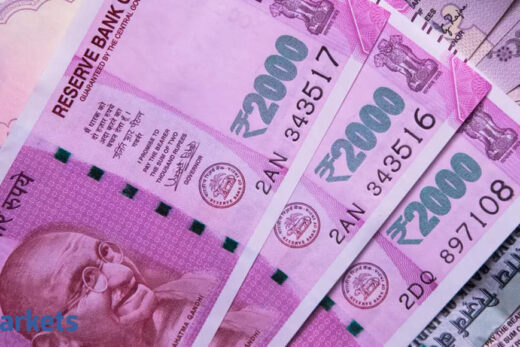Focus on long-term sustained growth cycle
While the pandemic came as a shock last year, Kamath believes a reset of the mind allowed Indian corporates to squeeze out productivity gains, not just at the shop floor level, but in white-collar roles as well. Propelled by this change in mindset, we should now continue to work for efficient utilisation of resources, and for improving the quality of output.
As a long-term strategy, the focus should be on two main areas: a right interest rate and a right exchange rate environment, which has driven the recovery. Sustained low interest rates will promote demand in the economy, and an attractive and stable exchange rate will boost growth.
Japan and China had followed a similar twin-strategy, of low interest rates and a stable currency to maintain long-term sustained growth cycles.
Furthermore, the Atmanirbhar scheme is a timely and positive intervention for the country, as it came at a time when we are ready for a change in mindset. The production-linked incentive (PLI) scheme could be a catalyst of this growth, as we would need to sustain productivity and growth over a long period of time.
On maintaining a lower interest rate environment on a sustained basis, Kamath believes inflation would indeed have a direct bearing on the same, and it will be critical to control inflation. At the same time, there is a need to consider whether an interest rate hike is the only tool. Given the linkages between inflation and fiscal deficit, it would be important to look at the true fiscal deficit situation, segregating developmental expenditure and other expenditure. Given that the benefits of developmental expenditure accrue over a long period and drive growth, I infer that the government could look at different funding structures, as has been done with NHAI, which almost looks like two balance sheets for borrowing.
Banking sector
On banking, there were three key takeaways for me:
- The clean-up of bank balance sheets had already been done over the past few years. We came into the pandemic with fairly strong balance sheets, and, therefore, there was not much of a residue to be addressed in the last one year. The anticipation was that the pandemic will result in significant stress on corporates, and consequently, banking balance sheets. However, we do not really see that playing out. Corporate performance during the last two quarters has been better than expected and corporate loans do not seem to have deteriorated as feared earlier. We would need to watch retail loan performance over a few quarters. Of course, Kamath acknowledged the assessment in the Reserve Bank of India’s Financial Stability Report earlier this month that said the gross NPA ratio of public sector banks may rise by 650 basis points to 16.2 per cent by September 2021 under the baseline scenario. And, if the situation worsens, the ratio may rise to even 17.6 per cent. It should also be noted that banks are waiting for the Supreme Court’s orders on this front.
- On the future of the public sector banks (PSBs), Kamath believes they are going to continue being an important part of our banking system. Strong PSBs are required to meet our growth aspirations for the next five years.
- In the context of banks’ balance sheets, Kamath observed that corporate balance sheets are stronger today and they are focused on reducing debt, as can be seen in the sharp reduction in debt-to-equity ratios of top 50 companies compared with that in 1990s. This should be comforting for banks. India Inc has used profits to deleverage even during the pandemic. Probably for the first time in our economic history, corporates are generating enough cash to expand brownfield projects and fund greenfield ones, with only limited debt from outside. In the past, it was the other way around. It is not that there will not be any pain in the immediate future or over the next five years. It’s just that we likely know where those areas of pain are going to be, and gentle hand-holding may be required.
Need for a new Development Financial Institution (DFI)
Having been closely associated with a DFI in the past, and its later conversion into a bank, Kamath’s views on the need and utility of a DFI or a long-term lender in the current context were very insightful. Post-1995, when the SLR status of bonds issued by DFIs was withdrawn, they had struggled to stay competitive and relevant. Hence, most of the DFIs converted themselves into commercial banks over time.
However, today, due to ALM (asset-liability management) concerns, commercial banks are unable to fund large long-term infrastructure projects, which is a prerequisite for economic growth. Hence, there is indeed a need for a long-term lending institution. With the growth in insurance and pension sectors, concerns about long-term liabilities have been addressed.
Interestingly, Kamath’s expectation is that industries that are born out of the digital super-cycle, or are leveraged by that super-cycle, will contribute to at least one-third of the economic growth over the next decade. New entities coming out of the digital era, like e-commerce or fintech players, are funded by equity and run by idea-driven leaders, and would be huge contributors to growth.
(Disclaimer: The opinions expressed in this column are that of the writer. The facts and opinions expressed here do not reflect the views of www.economictimes.com.)



